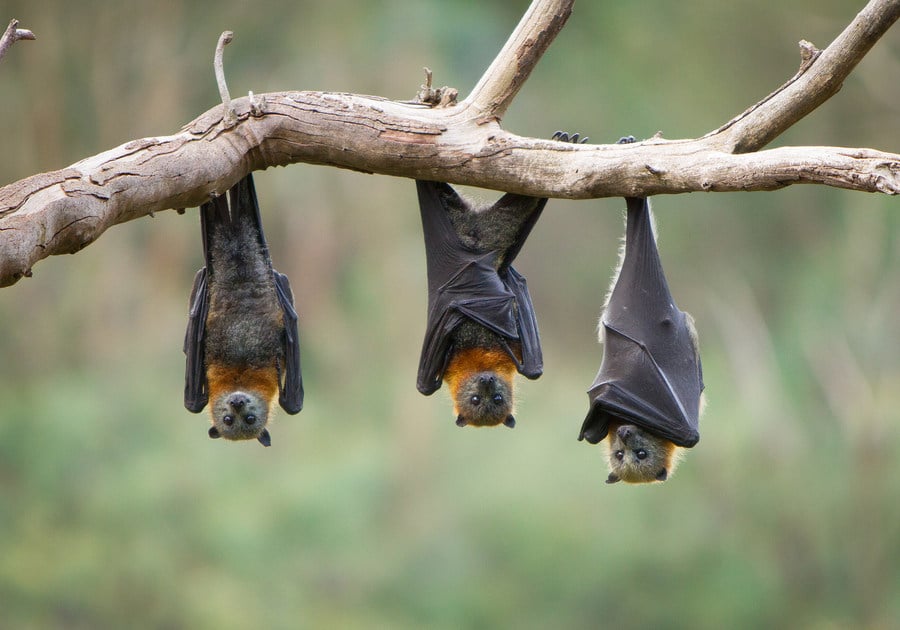Colorado is home to 18 bat species!
Fun Facts about Bats!
How long does the average bat live?
Some of the Colorado species remain here, but their habitats are not completely known. They are very loyal to their hibernating and roosting sites, however, returning each year to the same location. Healthy: A healthy bat can live more than 20 years.
Do bats poop from their mouth?
MYTH! - Bats are the only mammals in the world without an anus(!) ... Due to their rapid digestion (approximately 20 minutes) and their inability to digest fibre, bats will chew the fruit they eat, extract the juice and spit out the remains.
Are there vampire bats in Colorado?
Rest assured, we do not have vampire bats in Colorado and the bats that we do have mostly feed of off insects like mosquitoes and moths. Another myth is that all bats have rabies. Although bats can and have tested positive for rabies, not all bats have rabies.
What does a bat bite look like?
Due to literary comparisons between bats and vampires, some people expect a bat bite to resemble fang marks. In truth, bat teeth are so sharp and so tiny, they might not leave any mark at all. If they do, it will more closely resemble a pin prick.
Where do Colorado bats go in the winter?
In winter it stays to hibernate alone or in small groups in caves and mines. Even though it is small, it may winter in open tunnels at low temperatures and low humidity at elevations up to 9,500 feet, sometimes hibernating near other bats, including the Townsend's big-eared bat.
Three of the 18 species (Fringed myotis, Hoary bat, and Townsend’s big-eared bat) are US Forest Service Region 2 Sensitive Species – which means that there is concern about their long-term viability on Forest Service lands. Bats face numerous threats in Colorado, such as habitat loss and climate change. In addition, hibernating bats in Colorado may be impacted by white-nose syndrome (WNS), a pathogen that has killed millions of bats in the eastern and midwestern U.S. since 2006. WNS has not been detected in Colorado, but is now present in adjacent states.
Unfortunately, relatively little is currently known about the population status of most species of bats in Colorado. That’s where you come in! Rocky Mountain Wild is partnering with the United States Forest Service, Colorado Parks and Wildlife, Colorado Natural Heritage Program, San Luis Valley Ecosystem Council, and Conejos Clean Water, with funding from the US Forest Service Citizen Science Competitive Funding Program and Patagonia, to launch the Colorado Bat Watch Program. This program will use citizen scientists to collect data that will enable these agencies to monitor bat species over time and better understand the impacts of WNS and other threats on local bat populations.
Understanding this will help land managers and conservation organizations develop strategies and programs to protect bats and their habitat!
Sign up to join the Colorado Bat Watch! The citizen science component of the project started this year in 2020, sign up today!
 |  |  |
🌸Get a FREE, kid-friendly event calendar for Ute Pass through Teller County, full of festivals, fairs, activities, events and more! Sign up by clicking HERE! 🌸
Is your business, church or group holding an event that is not listed? Submit the event by CLICKING HERE! Thank you!



